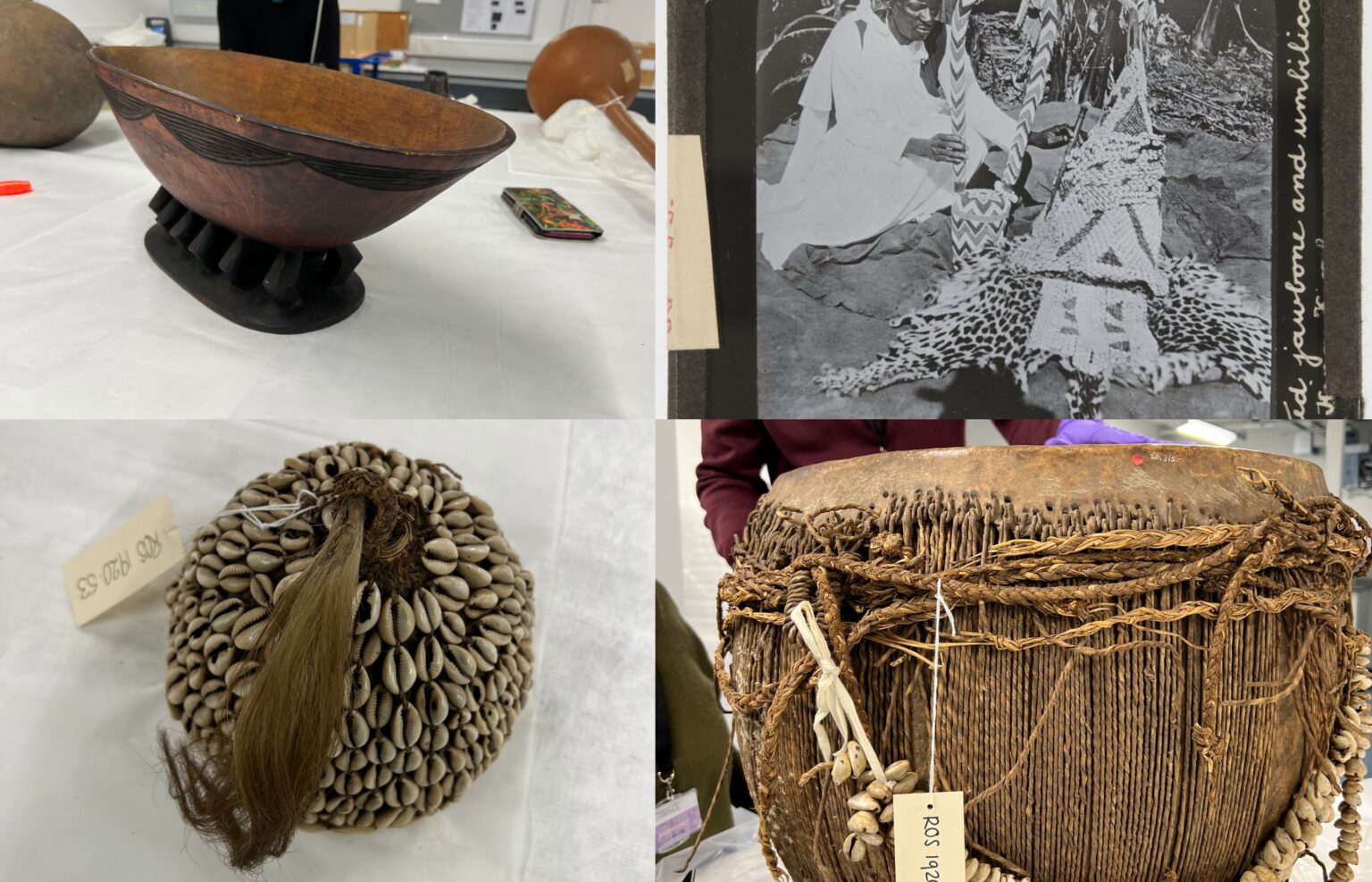A delegation from the Ministry of Tourism, Wildlife and Antiquities and the Museums department yesterday received 39 of Uganda’s cultural heritage artifacts that have for over 100 years been kept in the Cambridge University Museum.
Having been dubiously acquired during the 1890s and 1900s by British colonial administrators, missionaries, anthropologists and soldiers, the artifacts which include a headdress made of human hair taken to England in 1937 from Lango, a drum from Bunyoro taken to Cambridge in 1920 and the sacred twins “Balongo” from Buganda, were housed at the Cambridge University Museum of Archaeology and Anthropology.
It should be noted that the process to repatriate the artifacts began in 2016 under the ‘Rethinking Uganda Museum’ project, which was conducted in collaboration with the University of Michigan.
Among the project’s outputs was documenting Uganda’s unseen archives, which resulted in two exhibitions: ‘Unseen Archives of Idi Amin’ in 2019 and ‘Uganda at 60 Years’ in 2022.
According to the State Minister for Tourism Hon. Martin Mugarra who led the delegation for the pick up at Entebbe International Airport, negotiations will continue as Uganda endeavors to repatriate more of her heritage material lying in museums in Britain and across Europe.
“This is just the beginning and going forward, we have more than 39 artifacts still in Britain alone, and even more across Europe. I believe negotiations will continue to bring back additional artifacts held in these countries,” Mugarra said.
“These are items we haven’t had for over 100 years. They were significant enough for colonialists to take them from Uganda to the UK. Their return is crucial not only for the ministry but also for the museums’ department. We will display and preserve them as part of our cultural heritage,” he added.
Negotiations between the Uganda Museum and the Cambridge University Museum of Archaeology and Anthropology began in 2019 through Michigan University, with funding support from the Andrew Mellon Foundation.
The returned artifacts were selected by two Ugandan curators in November 2022.
Speaking at the event, Jackline Nyiracyiza, the Commissioner Museums noted that the process of this repatriation cost a whopping $100,000 and hailed the Andrew Mellon Foundation which facilitated the research and transportation of the artifacts back to Uganda.
“The repatriation process was frustrate by the Covid-19 pandemic- the negotiations having begun in 2019 but we are glad it has happened. The Ministry will officially hand over the five Sacred Twins (Balongo) belonging to the Buganda Kingdom to the Wamala Tombs community at a later date since these artifacts must be further acclimatized to Ugandan conditions,” Nyiracyiza said.
A Repatriation Wave for Africa’s Artifacts
According to the press release issued by the Ministry, Uganda is not the only country getting these returns.
“Campaigns have been underway since 2018 to return cultural heritage artefacts to Africa. It was discovered that 90% of sub-Saharan Africa’s material cultural legacy is housed outside the continent,” the communique reads in part.
Beginning in 2021, some African countries started negotiating and repatriating their artefacts. These include;
- Nigeria which received 22 Benin Bronzes from Germany and 30 from the USA
- Ghana which received 32 Gold artifacts from the United Kingdom government
- Namibia which received 23 artifacts from Germany
- Kenya which received 30 Vigango artifacts from the USA
This, however, isn’t the first repatriation for Uganda although it is the highest single return. The first return occurred in July 1962 during the independence celebrations, when the Kibuuka regalia were repatriated.

